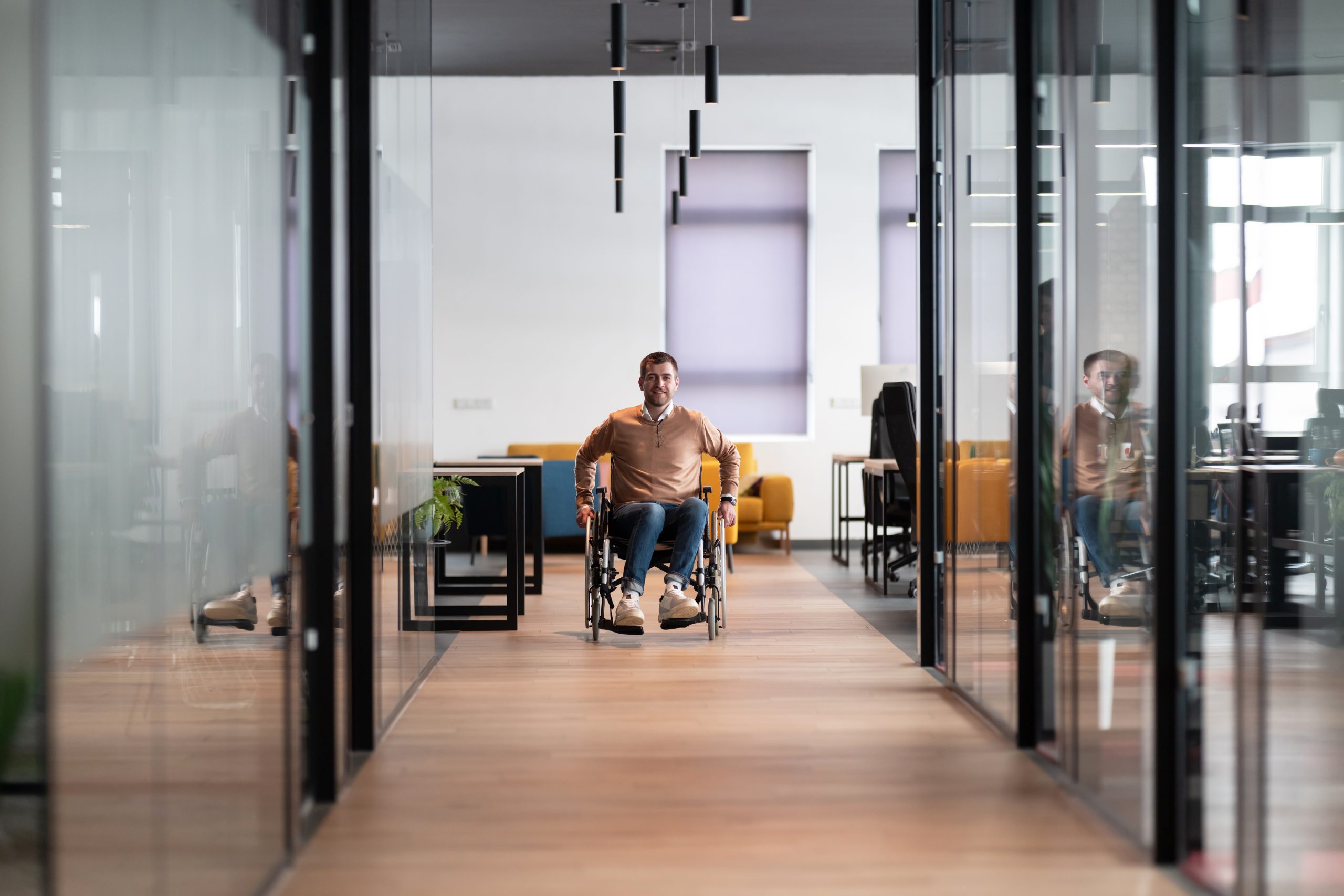
You will be welcoming a diverse range of patients, employees and visitors to your practice. While accessibility is usually considered when designing a medical practice, a truly inclusive design may require some extra thought. Medical design and fit-out company Evoke Projects offers advice for designing an inclusive healthcare practice.
A practice that welcomes all people equally, making them feel respected and supported, is truly inclusive. It includes both the physical aspects of accessibility to the practice’s services and also the emotional experience of a visit. It means considering all abilities and the diverse groups of people that may need your services.
Along with the usual considerations of ramps, flooring, lifts and all-gender/ambulant bathrooms, the medical design and fit-out will be more accessible with:
• A low-level reception counter to welcome people in wheelchairs and make it easier for them to complete forms or make payments. This is one of the most over-looked features of medical waiting rooms.
• Clear signage with visual clues to assist those with dyslexia or sight problems. Translation to other languages may be helpful in some areas.
• Accessible digital solutions. Ensure that apps or websites have font and colour adjustment options and a layout that adapts to different devices.
• Plain and simple language on forms, signs and websites (for websites specifically, the Web Content Accessibility Guidelines (WCAG 2.1) is a comprehensive guide).
Flexible schedules and hybrid working give your employees more autonomy over where and when they work. Flexible working supports people whether they are caregivers, or perhaps requiring time away from the workplace for healthcare or cultural reasons.
Activity based zones support the diverse needs of people because zones are set up to cater for different tasks and work-day needs.
• Individual offices within the practice provide the perfect conditions for focused work or private meetings. Meeting pods work well for smaller practices.
• Quiet work zones or acoustic pods give people respite from practice noise.
• For patients, a quiet area will be appreciated by people with autism and some mental health conditions.
• Open plan areas with modular furniture enable collaboration and connectivity.
• Prayer rooms may be appropriate for some practices.
• Breakout zones may include lounge furniture or other homely touches for social time.
• Wellness zones are becoming more popular with sit-stand desks, treadmill workstations, sleep pods and outdoor courtyards supporting well-being at work. Healthcare can be a stressful industry so wellness zones will be appreciated by staff.
• Designing a practice with different zones says to people: “We recognise that you are all different and have diverse needs.” This is truly inclusive medical design.
The design of any workplace includes trying to shape attitudes in a positive way. Training programs can help staff understand and appreciate different cultures. People often have unconscious bias. As the word unconscious makes clear, they are not aware of their bias. It’s a product of the human brain trying to categorise and put everything in neat boxes! Training programs around unconscious bias can help people understand their bias and take steps not to let it influence their behaviour.
Invite ideas for change from staff throughout the practice. Create an inclusive workplace where people feel safe to make suggestions without censorship or reprisals. That way, inclusivity will be part of your practice culture. Develop policies regarding discrimination and support staff who raise concerns.
It has been reported that over 40% of Australians are likely to experience mental health issues at some time in their life. Speaking about mental health is daunting. People often feel alone, scared and unsupported. Managers who speak about their own mental health challenges can really change the cultural attitudes towards mental health. True inclusivity!
If your hiring protocol prioritises diversity and inclusion, your practice will show evidence of this through the staff that people encounter. Diversity in leadership positions will lead to naturally inclusive decision-making. This is one of the strongest ways you can promote inclusion.
For more information on truly inclusive medical design and healthcare fit-outs, please call Evoke Projects on 1300 720 692